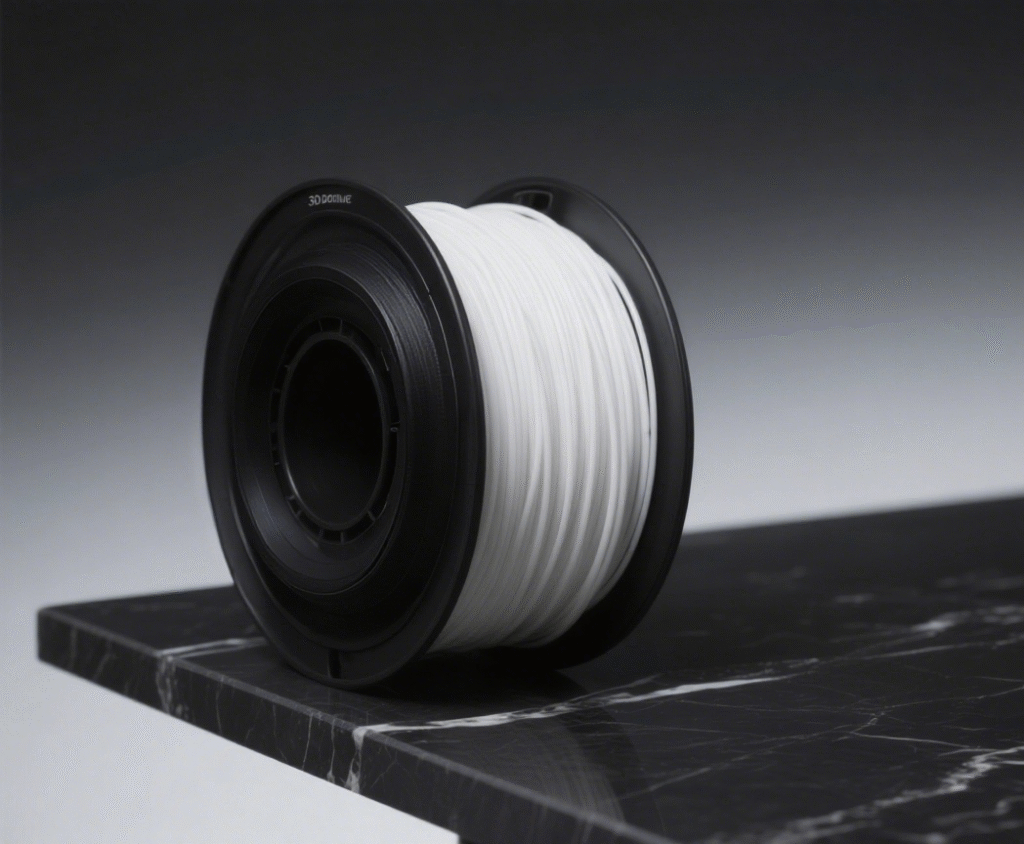A Beginner’s Guide to FDM 3D Printing Materials
3D printing is a rapidly growing technology that’s becoming more accessible and affordable. One of the most important decisions in 3D printing is choosing the right filament. Different materials offer different properties, and selecting the right one can significantly impact the quality and performance of your prints.

This guide is designed for beginners or anyone looking to learn more about FDM (Fused Deposition Modeling) 3D printing materials. For detailed technical specifications, always refer to the manufacturer’s data sheets.
FILAMENT INTRODUCTION
PLA (Polylactic Acid)
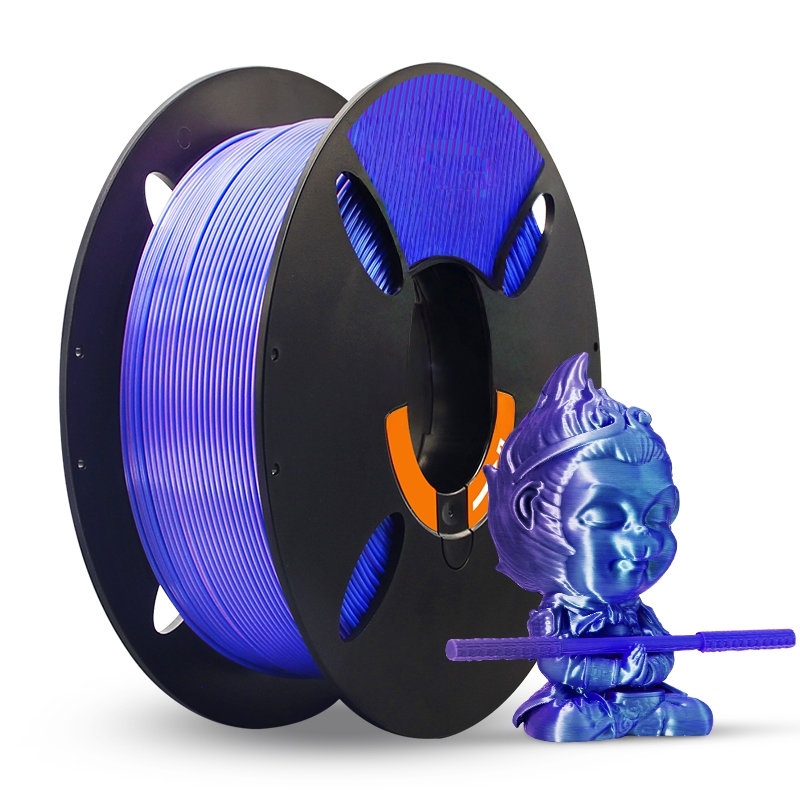
PLA is one of the most popular filaments for beginners. It’s easy to print, works at lower temperatures, and doesn’t require a heated bed, making it ideal for most entry-level 3D printers. PLA is derived from renewable resources like corn starch and sugarcane, making it biodegradable and environmentally friendly.
It also has a pleasant, sweet smell during printing and is less prone to warping. While it’s not the strongest material, it’s great for prototyping, decorative items, and general-purpose printing.
Key Properties of PLA
- Strength: Medium
- Flexibility: Low
- Durability: Medium
- Print Difficulty: Easy Nozzle
- Temperature: 190–230°C
- Bed Temperature: 35–45C (may vary depending on the printer and surface)
- Warping: Minimal
- Soluble: No
- Food Safe: Check with the manufacturer
- Pros:Easy to print,Available in many colors and finishes Biodegradable
- Cons:Brittle,Not suitable for high-stress or high-temperature applications
ABS+ (Acrylonitrile Butadiene Styrene)
Key Properties of ABS
- Strength: High
- Flexibility: Medium
- Durability: High
- Print Difficulty: Moderate
- Nozzle Temperature: 220–250°C
- Bed Temperature: 80–100°C
- Warping: High
- Soluble: Yes (in esters, ketones, and acetone)
- Food Safe: No
- Pros:Strong and durable,Heat-resistant,Good for functional parts,Suitable for outdoor sculptures and decorative props
- Cons:Prone to warping,Requires heated bed and enclosed printer for best results,Emits potentially harmful fumes
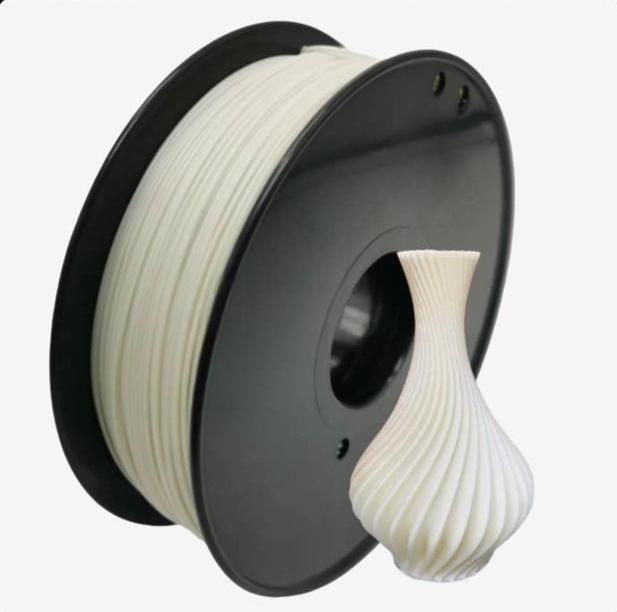
PETG (Polyethylene Terephthalate Glycol)
PETG
PETG combines the ease of printing found in PLA with the strength and durability of ABS. It’s a great middle-ground material for users who want more robust prints without the printing challenges of ABS. PETG is also food-safe in many cases and doesn’t emit harmful fumes.However, it is hygroscopic, meaning it absorbs moisture from the air, which can affect print quality. Proper storage is essential.
| Strength | High |
| Flexibility | Medium |
| Durability | High |
| Print Difficulty | Moderate |
| Nozzle Temperature | 220–250°C |
| Bed Temperature | 50–80°C |
| Warping | Minimal |
| Soluble | No |
| Food Safe | Check with the manufacturer |
| Pros | Strong and impact-resistant Easy to print (similar to PLA) Good chemical resistance |
| Cons | Can absorb moisture Surface scratches more easily than ABS |
HFPC (High Flexible Polymer Composite)
HFPC is a specially engineered polymer composite material developed by our company for outdoor illuminated signage and channel letter signs applications. It combines modified PC (polycarbonate) and PETG with functional additives to enhance performance.
This material offers excellent light transmission with uniform diffusion, making it ideal for illuminated signs. It can withstand temperatures from -40°C to 65°C, and is resistant to UV rays and oxidation, ensuring long-lasting durability outdoors. HFPC also bonds well with liquid acrylic and plastic adhesives, making it easy to work with during assembly.
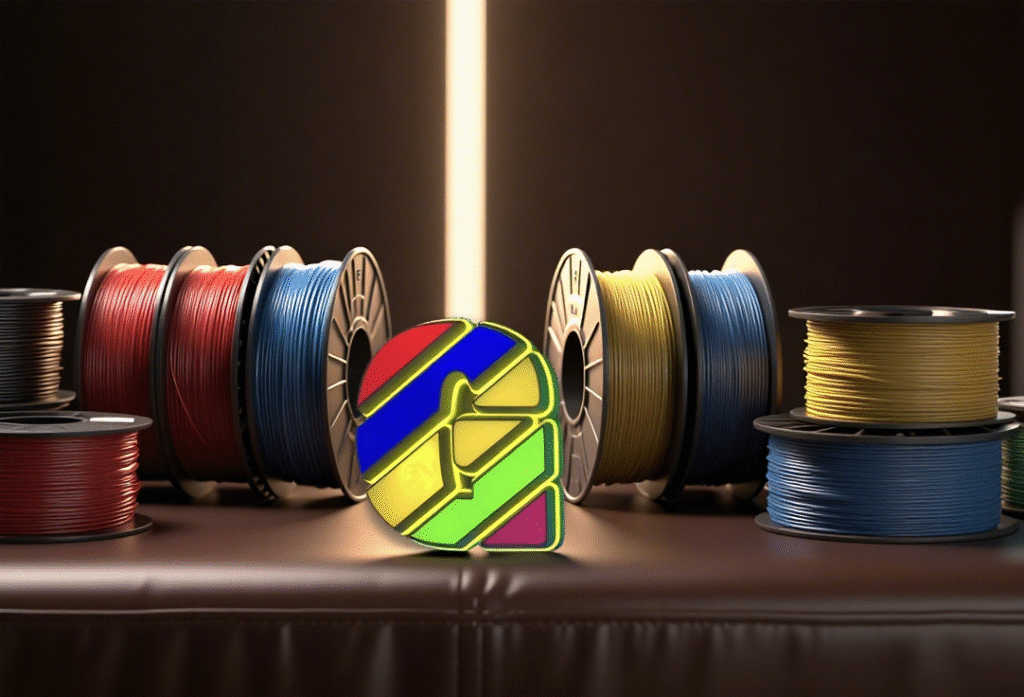
Key Properties of HFPC
Transparency: High light transmission with even diffusion
Temperature Range: -40°C to 65°C
UV Resistance: Excellent
Oxidation Resistance: High
Adhesive Compatibility: Good bonding with liquid acrylic and plastic adhesives
Durability: Enhanced impact and weather resistance
Nozzle Temperature: 215–250°C
Bed Temperature: 55–60°C
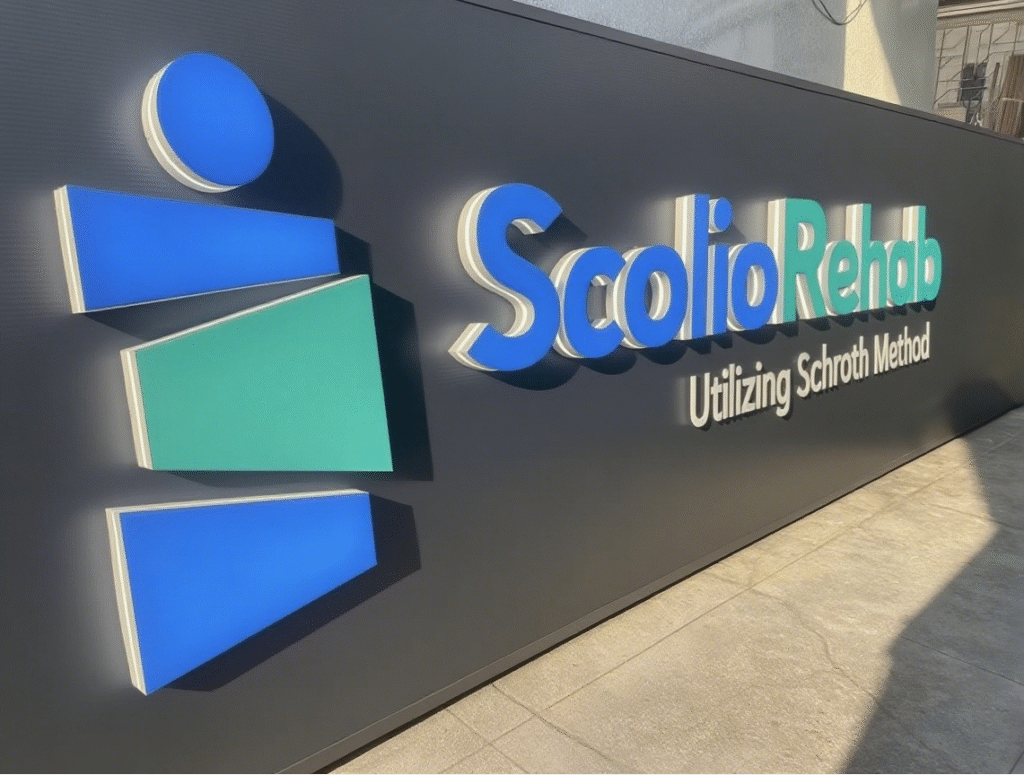
Applications:
Outdoor Illuminated Signage: Ideal for 3D-printed letters and signs exposed to sunlight and varying weather conditions
Architectural Displays: Suitable for decorative panels and light-diffusing components
Custom Fabrication: Used in projects requiring both transparency and structural integrity
Pros: Combines the best properties of PETG and PC
Designed for outdoor use with superior weather resistance
Excellent optical clarity and light diffusion
Strong adhesion with common signage adhesives
HFPC is a specialized 3D printing filament designed for outdoor use, offering excellent clarity, durability, and weather resistance. It’s perfect for illuminated signage and other applications requiring both aesthetics and performance.
25.8.2023
